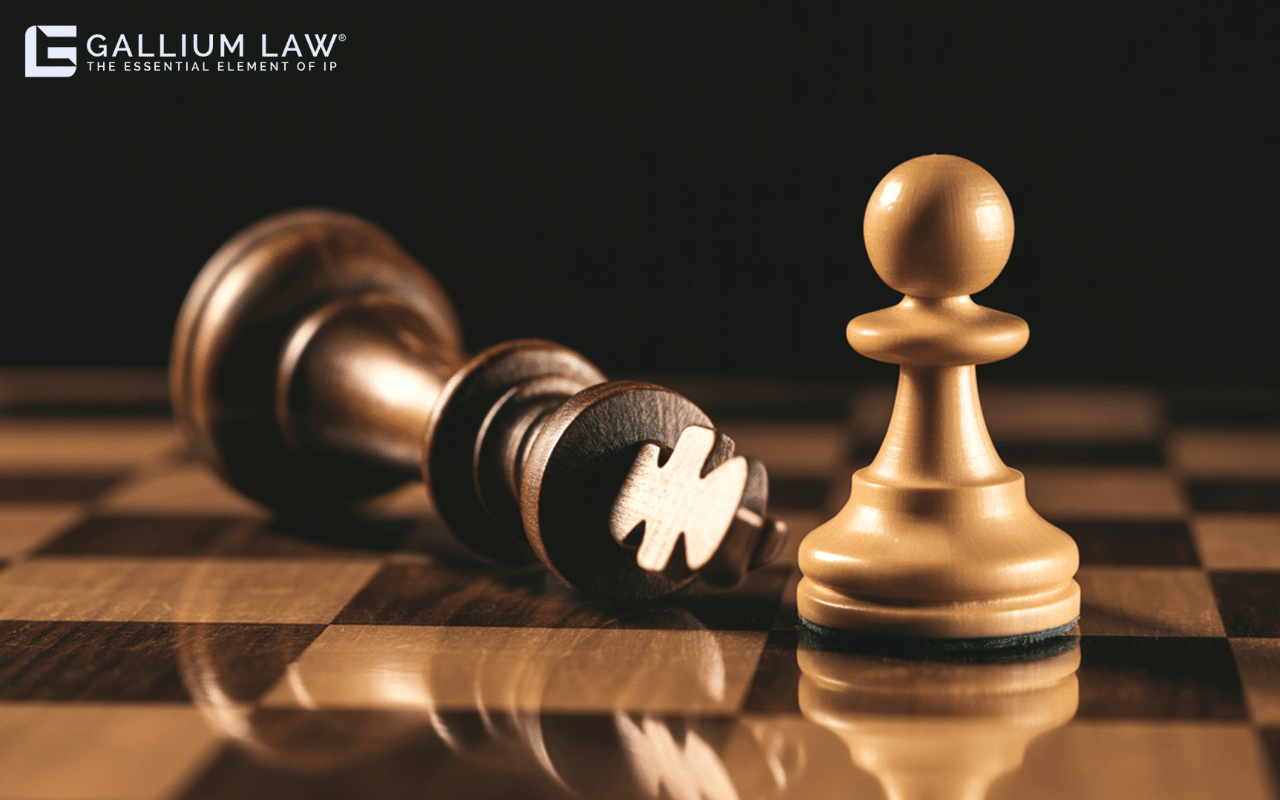Sticking it to the Axis: The Surprising Discovery of Super Glue During WWII
This article is the sixth in our series on the technology and innovations that came about or were first majorly used during World War II. We will cover a number of incredible inventions in future articles. We also invite you to take a look at our previous articles to learn about microwave ovens, M&M’s®, the Jeep, SPAM, and the Higgins boat. And now, we examine one of the stickiest inventions of WWII.
During WWII, mass production of weapons and materials used to fight the war was one of the major goals of the U.S. on the home front. While many items were already being mass-produced, research and development of new components that could be quickly manufactured was of great importance. This led to numerous innovations, from the replacement of unavailable resources, such as rubber, to the small components of a gun, such as a clear, plastic gunsight.[i] Among the researchers was a young scientist named Dr. Harry Coover, who, while attempting to find a new material for these gun sights, created one of the most common products today: super glue.[ii]

In 1942, Coover was working at Eastman Kodak and trying to design a new clear lens for gun sights by creating and experimenting with different plastics.[iii] Most of his experiments failed to produce a plastic that would suit a gun sight, maybe none so spectacularly as cyanoacrylate. Coover discovered that cyanoacrylate, while durable, had intense adhesive properties, so he rejected it and the compound was mostly forgotten for years.[iv]
However, while overseeing work on researching heat-resistant polymers for jet airplane canopies in 1951, Coover rediscovered cyanoacrylate and found that it required no heat or pressure to bond.[v] He also found that, while many adhesives required an activator to bond items together, cyanoacrylate only required a small amount of moisture; the amount of moisture naturally present on everyday objects being sufficient.[vi] Coover later received a patent for his adhesive and began refining and marketing the product for commercialization in 1958.[vii] Thus, super glue was born.
Dr. Harry Coover would also be awarded more than 460 patents, write at least 60 papers, and advance the fields of graft polymerization, organophosphorus chemistry, and olefin polymerization.[viii]
While super glue may not have been utilized during WWII, it would later be used during the Vietnam War to treat wounds on the battlefield and buy soldiers enough time until they could get proper medical attention.[ix] In 1964, Eastman Kodak submitted an application to the FDA to allow super glue to be used for wound sealing.[x] While it would take years for this to be approved, the use of super glue for similar purposes in the Vietnam War may have helped to get this application accepted. Today, specific, medical-grade variants exist for wound closure, which can sometimes replace sutures.[xi]
It should be noted, however, that everyday super glue you would get at the hardware store should NOT be used for DIY wound treatment, as they can cause further health complications.[xii]
The story of super glue has a few major takeaways for intellectual property.
- One person’s trash is another (or the same) person’s treasure. Although Coover was trying to invent a new gun sight, along the way, he created something that, while it would not work for his intended goal, would become one of the most common consumer products in the world. Just because something you create does not fix the problem you were trying to solve does not mean it cannot fix another problem.
- One invention can lead to many inventions. The original creation of super glue eventually led to many different and distinct uses of the product, including everything from wound closure on the battlefield to fixing your parents’ vase before they come home.[xiii] Each new invention coming from the original can and should be analyzed for whether it is new and different enough from the original to warrant intellectual property protection, such as a patent, trademark, or copyright.
How Gallium Law Can Help
Like cyanoacrylate, we will stick with you throughout the process of exploring intellectual property protection. We are here to help you, whether you are unsure you have invented something or have spent years developing a creation and are ready to explore intellectual property options. To get in touch with us, please fill out this online form or call us at 651-256-9480 to schedule a free and confidential consultation.
*The information in this article is not legal (or medical) advice and should not be relied on. The content of this article is for informational purposes only and is meant as a starting point in your search for answers to your legal questions.
[i] https://www.nationalww2museum.org/war/articles/innovating-victory
[ii] https://www.historyhit.com/inventions-and-innovations-of-world-war-two/
[iii]https://www.invent.org/inductees/harry-w-coover#:~:text=Coover,-Superglue&text=Harry%20Coover’s%20discovery%20of%20cyanoacrylates,applications%2C%20most%20notably%20as%20superglue
[iv] https://www.findmypast.com/blog/history/10-everyday-inventions-you-owe-to-ww2
[v] https://lemelson.mit.edu/resources/harry-coover
[vi] https://www.cedesa.co.uk/who-invented-superglue/
[vii] https://lemelson.mit.edu/resources/harry-coover
[viii]https://www.invent.org/inductees/harry-w-coover#:~:text=Coover,-Superglue&text=Harry%20Coover’s%20discovery%20of%20cyanoacrylates,applications%2C%20most%20notably%20as%20superglue
[ix] https://www.militarytimes.com/off-duty/military-culture/2021/07/30/how-world-war-ii-led-to-the-invention-of-super-glue/
[x] https://www.popsci.com/technology/super-glue-invention-mistake/
[xi] https://www.popsci.com/technology/super-glue-invention-mistake/
[xii]https://blogs.ubc.ca/communicatingscience2018w111/2018/11/10/super-glue-which-saved-wounded-soldiers-in-the-battlefield/
[xiii]https://www.popularmechanics.com/technology/a25067/the-surprising-military-history-of-superglue/



